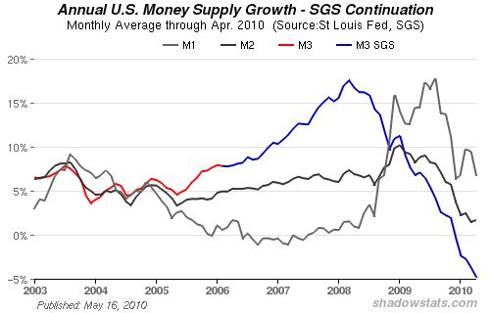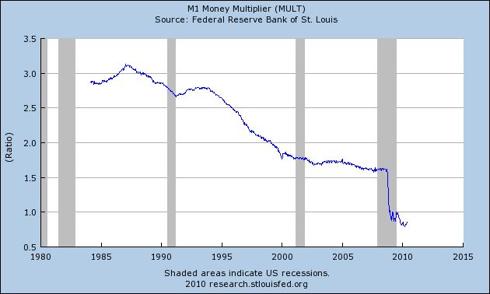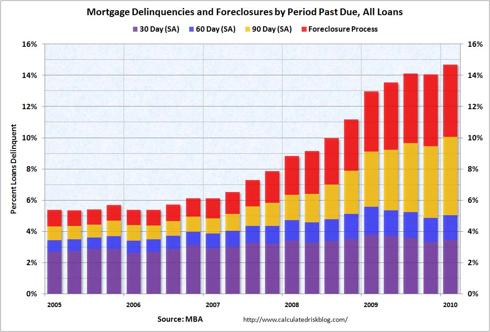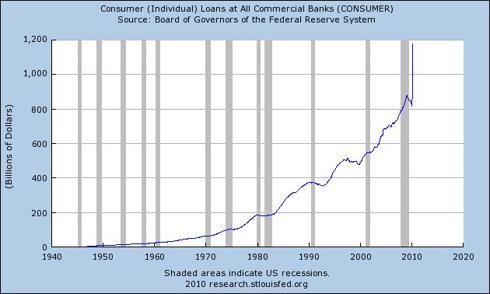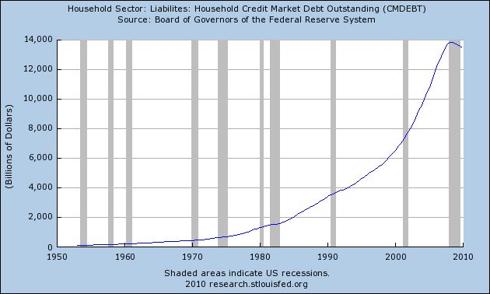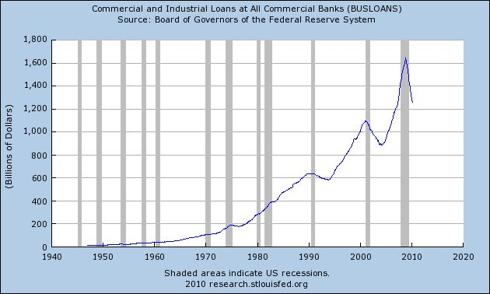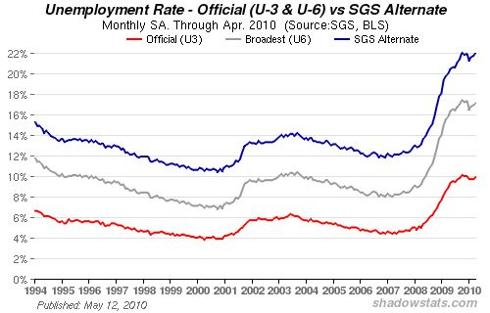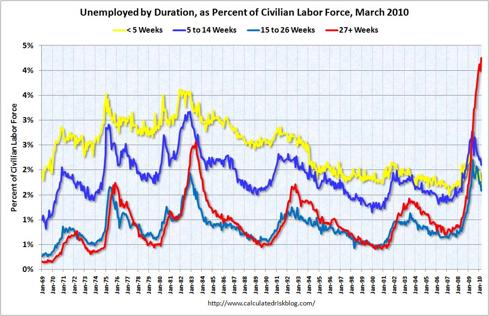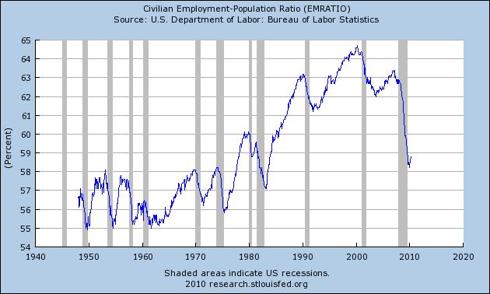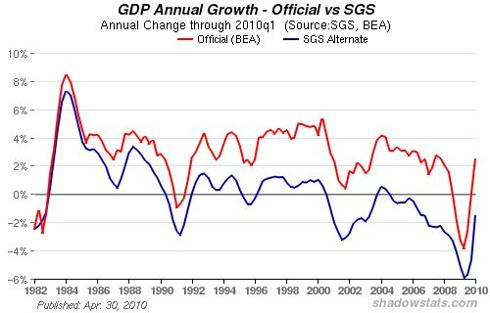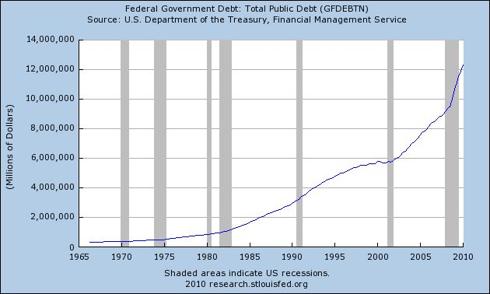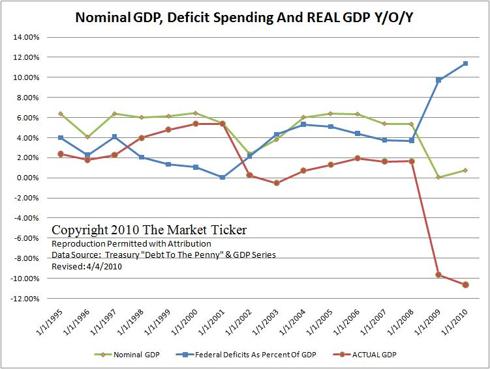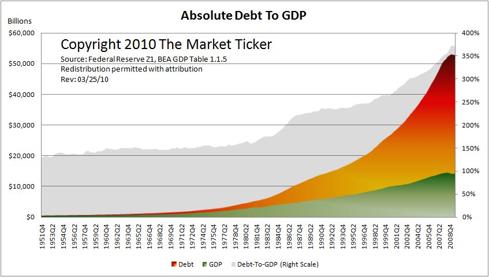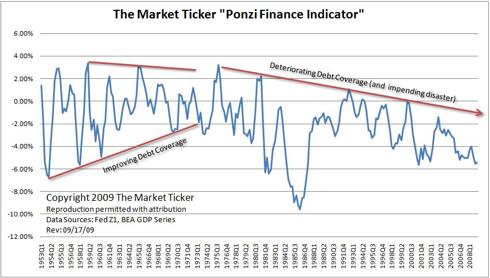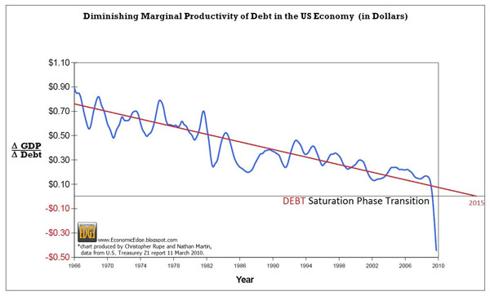Zero Hora Newspaper Lies to Readers about Chem-trails
June 23, 2010
By Luis R. Miranda
The Real Agenda
June 23, 2010
Chem-trails do not decorate or adorn the sky. They are part of an experiment used globally called Geo-engineering that seeks to limit the

Chem-trails are lines of toxic Aluminum Oxide, Barium and Sulfur left on the sky by airplanes with the intent of reflecting solar radiation.
amount of sunlight the planet receives in order to reduce the nonexistent global warming. As The Real Agenda already reported, chemical trails or chem-trails, as they are called in English, are composed of crystals of aluminum oxide, barium and sulfur, used to -according to some scientists-, block and reflect sunlight in order to decrease the temperature of the planet. The problem with these trails is that, inevitably, they become part of the air people breathe, causing them severe breathing problems and other health complications.
Geo-engineering, or the artificial manipulation of weather and climate patterns, is a topic that has stirred controversy after it was discovered that government agencies have studied and are still studying the application of weather modification techniques, they say, to eliminate or limit global warming and other weather “diseases”. As with other artificially engineered products, such as GM foods, most of us were ignorant about it and took a huge effort from the alternative media to uncover and expose this program. See the video of chemical trails over the city of Sao Leopoldo, RS, Brazil and planes spreading them here.
The use of chemical trails is not only a question of climate change, but involves a set of environmental changes. The first direct consequences of the spraying of chemicals have been a multitude of health complications to the population, as the effects of neurological and behavioral changes, impaired blood circulation, heart problems, effects on the eyes and vision, reproductive failure, damage to the immune system, gastrointestinal, liver and kidney function damage, hearing defects, disorders of the metabolism, dermatological lesions, asphyxiation and pulmonary embolism. How do we know? Tests conducted on people suffering from any or several of these complications have high levels of one or more of the chemicals sprayed on population centers. In other tests, air samples also showed high concentrations of barium and aluminum.
But if these tracks are not toxic chemicals, as the Zero Hora Newspaper says, why is Monsanto, a chemical company itself, creating seeds that can withstand the chemicals used in the spraying? According to Dr. Ilya Sandra Perlingieri, the chemicals applied to populated and depopulated areas are harming not only the environment but also human health.
“… We also know that certain types of chemicals can damage human health and animals, especially the immune system … … the dangers of hormonal changes are now more fully explained in the Internet but are not well known by people who listen to traditional news media.(1) Most of these highly toxic chemicals are invisible and thus are easily out of our collective radar. With the level of stress created by the financial crisis deliberately orchestrated by the elites, where millions of people lost their jobs and homes, a deteriorating environment is not a priority for anyone, especially if there is little information about it. This scenario is part of a broader perspective and is what Naomi Klein writes in his book “The Shock Doctrine.” We have major crises, one after another, making it difficult to keep up with our daily routine, much less to have time to consider the toxicological implications of huge amounts of heavy metals and chemicals that poison our food chain and therefore our supposed health . ”We’re on top of a food chain in ruins. ”
Read the complete evaluation from Dr. Perlingieri on Geo-engineering and climate change here.
In spite of negative consequences, there are scientists who insist on the use of chemical trails.”I suggest that both the aluminum oxide as well as silica particles can be used diluted as an additive in the fuel used in aviation,” writes engineer John Gorman, who conducted experiments to test the feasibility of such a scenario. ”We want to burn fuel containing the additive specifically when the aircraft is strolling in the lower stratosphere,” he adds. Reports of chemical trails over hundreds of cities in countries around the world are now common. Plumes of smoke paint the blue skies of gray after commercial and private planes release chemicals. Both government agencies and institutions such as the air force and private contractors are responsible for operating the aircraft, putting the chemicals in tanks or even in the fuel that airplanes use.
With all the negative effects that chem-trails have had on populations, many scientists have made pronouncements about the dangers that this type of Geo-engineering poses to the environment and people. Dan Schrag, from Harvard University, warned that any attempt to change the environment, including the ecosystem itself, could have disastrous consequences, including droughts and other natural disasters. ”I think we should consider the climate engineering only as an emergency response to a climate crisis, but there is no evidence to show that a climate crisis exists,” said Schrag. Alan Robock, a professor at Rutgers University, says the consequences could go much further than drought. These experiences, he says, “could create disasters”, damaging the ozone layer and potentially changing the stratosphere, eliminating weather patterns, such as the rainy season from which billions of people depend on for their crops and to feed their families. “The problem is that this is exactly what the use of chemical trails are supposed to do: change weather patterns. The use of chemicals to block the sun’s rays will lead to drastic changes in the biosphere and atmosphere, such as the hydrological cycle, wind patterns and how the sun drives the winds around the planet. Other consequences such as soil fertility and water availability are beginning to be emerge.
Do not let the lies of the Zero Hora newspaper confuse you. Geo-engineering and chemical trails are not the same as condensation trails or contrails. While the contrails disappear after a few minutes in the sky, chem-trails are left by airplanes crossing the sky several times, producing figures like chessboards, circles and semi-circles.
If humans are responsible for global warming, why block the sun? The truth is that the sun is the most gigantic hot body in the solar system and as such, the element that determines the climate. Different calculations estimate that human activity emits only between 4 and 6 percent of total CO2 in the atmosphere, thus having little influence on weather patterns. Volcanic eruptions and the sun, for example, have a greater effect on climate than any human activity. CO2 is really what most of the biosphere uses as food. An environment rich with CO2, provides more fuel for the plants and trees and more food for animals and humans. Another consequence of chemical trails is acid rain. Raindrops containing chemicals cause massive acidification of lakes and rivers, contributing to the poisoning of humans, trees at higher elevations and many sensitive forest soils.
But not only those who reject the theory of anthropogenic global warming are skeptical about the use of chemical trails. The chief scientist of Greenpeace UK, Doug Parr, a defender of the explanation of anthropogenic global warming, disqualifies Geo-engineering as “strange” and “dangerous.” A report from KSLA earlier this year found that chemical experiments with aerosols have been happening for decades. The report revealed experiments exposed in 1977 in hearings before the U.S. Senate. The report showed experiments with biochemical compounds in humans and reported that “239 populated areas were contaminated with biological agents between 1949 and 1969.
According to the article on Zero Hora, -which omits the name of the reporter- these tracks mean nothing more than random condensation of

This is what a chem-trail looks like 30 minutes after it was sprayed. It then spreads and covers the sky in what seems to be haze.
contrails, but the evidence shows exactly the opposite. The newspaper reporters are ignorant or simply lie to their readers deliberately.
If the ultimate goal of Geo-engineering is to reduce the effects of global warming due to human activity and their related emissions of greenhouse gases, you would think that this method would at least have a good chance of working, Would not you? Well, it happens that Geo-engineering has no effect in preventing what corrupt scientists say causes global warming in the atmosphere. Therefore, the use of chemical trails is at best an inefficient solution and, at worst, a mass poisoning of humanity.
Scientist David Suzuki says Geo-engineering is “madness” and goes further to say: “If we learned anything from the past, is that although we are very skillful in inventing new and powerful technologies, our knowledge of how our world works and how things are interconnected is almost zero. ”
But there is a more worrisome aspect about Geo-engineering We all know what governments are capable of doing when they want to manipulate people: inexplicable wars, false pandemics, non-existent terrorist events … Although the use of chemicals as weapons of war is generally seen as morally and universally banned, we have seen very convincing evidence that such a prohibition is not always respected. According to an article published in Wired Magazine, other forms of Geo-engineering such as ocean fertilization can be used to sterilize the oceans, that in turn would destroy fisheries and water ecosystems.
Even the globalist United Nations, traditional supporter of these policies expressed concern with the use of chemical trails. The 14th Session of the Subsidiary Body on Scientific, Technical and Technological Advice was the first place where the United Nations Council discussed Geo-engineering since the signing of the ENMOD Treaty in 1976. The treaty banned Geo-engineering when it is used for hostile purposes. SBSTTA 14 will recommend to the UN Convention on Biological Diversity to impose a moratorium on all activities related to climate change through Geo-engineering at a meeting in Nagoya Japan on October 2010.
So why have we adopted a technique of changing the climate which is harmful to humans and whose main goal is not achievable? Who benefits from this type of Geo-engineering technologies that are adopted for other reasons? Certainly not the environment. More answers about chemical trails or chem-trails, its origins and what they mean can be found in The Science of “Air Pharmacology” and “Chemtrails.”
Naturally, the knowledge spreads faster and better when more people locally and responsibly report on these issues. So tell your family, friends and acquaintances about the origin and dangers of Geo-engineering around the globe. Just as THE PEOPLE exposed the lies about anthropogenic global warming and Climategate, it is our duty to expose this too.
To my colleagues at the Zero Hora newspaper, I have to say: it costs nothing to write a full report with credible sources and facts. But I think we all know why this newspaper avoids writing the truth. It is part of the great media empire from Brazil known as GLOBO. Maybe it’s hard to speak or write the truth while working there. Only those who lend themselves to lie or tell half-truths because of their ignorance or laziness have space in a company like Zero Hora or the GLOBO empire.


